In Artinis NIRS blog, you will find the latest trends in (f)NIRS, NIRS studies and applications, tutor from the leaders of near infrared spectroscopy, not to mention detailed insights and tips and tricks for your research!
Search blog post topic

Publication Overview with our NIRS devices in 2022 – Brain
We are proud that several papers using our (f)NIRS devices to measure brain activation from different cortical areas and in various application fields were published in 2022. Read this blogpost to get an overview of application areas (f)NIRS can be used in, and which devices can be applied. Also, find highlighted publications per category that were performed with our devices in 2022.

Innovating Medical Research with a qualitative and sustainable working Culture
Medical and scientific research often requires state-of-the-art equipment that can deliver accurate and reliable results, and manufacturers that prioritize innovation and quality can provide the necessary tools to support scientific advancement. Artinis Medical Systems is an innovative Dutch company that is active in the field of medical research and quality assurance and also lives up to those quality standards. However, what makes us a leading company is sometimes beyond the instruments themselves…
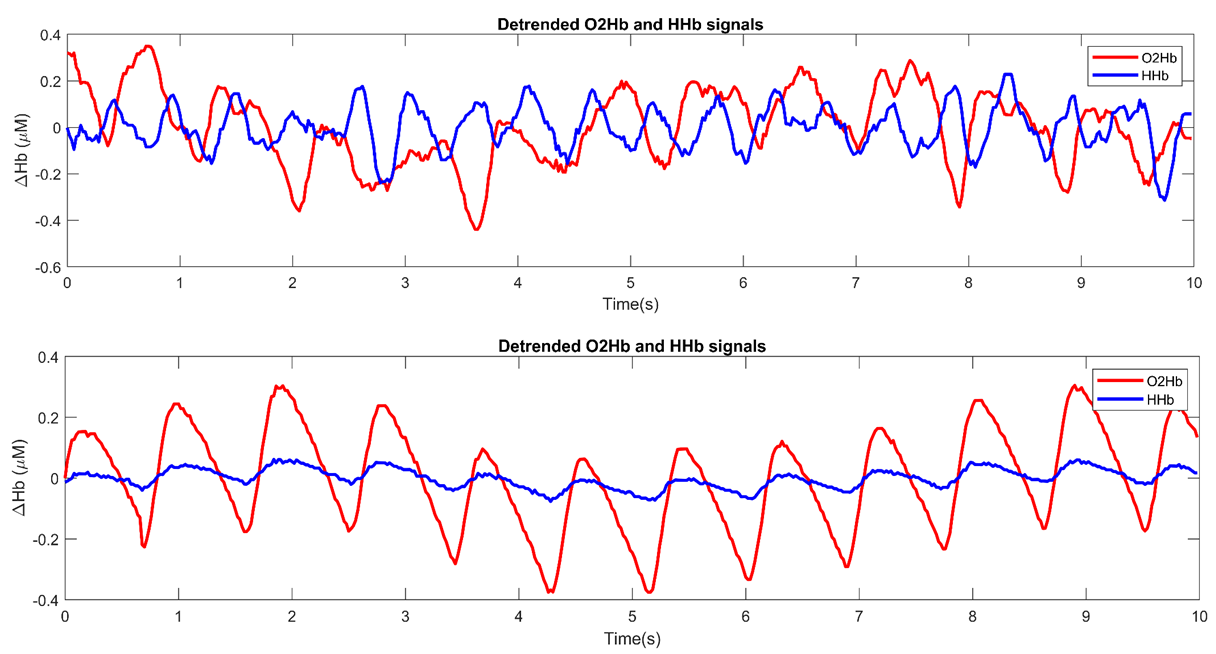
Assessing NIRS signal quality – Implementation of the Signal Quality Index (SQI)
Achieving good signal quality is crucial for (f)NIRS data acquisition and analysis, but often difficult to determine. Therefore, we developed an algorithm named SQI (Signal Quality Index) which rates NIRS signal quality. Read this blogpost to learn more on how this SQI is specified and how it can be implemented in your research.

Introduction to multimodal fNIRS — EEG measurements
In this blog post, we give an introduction to multimodality and explain the hallmarks, advantages, and challenges of combining fNIRS and EEG to measure brain activity. This is the first part of a blog post series on multimodality fNIRS-EEG measurements.
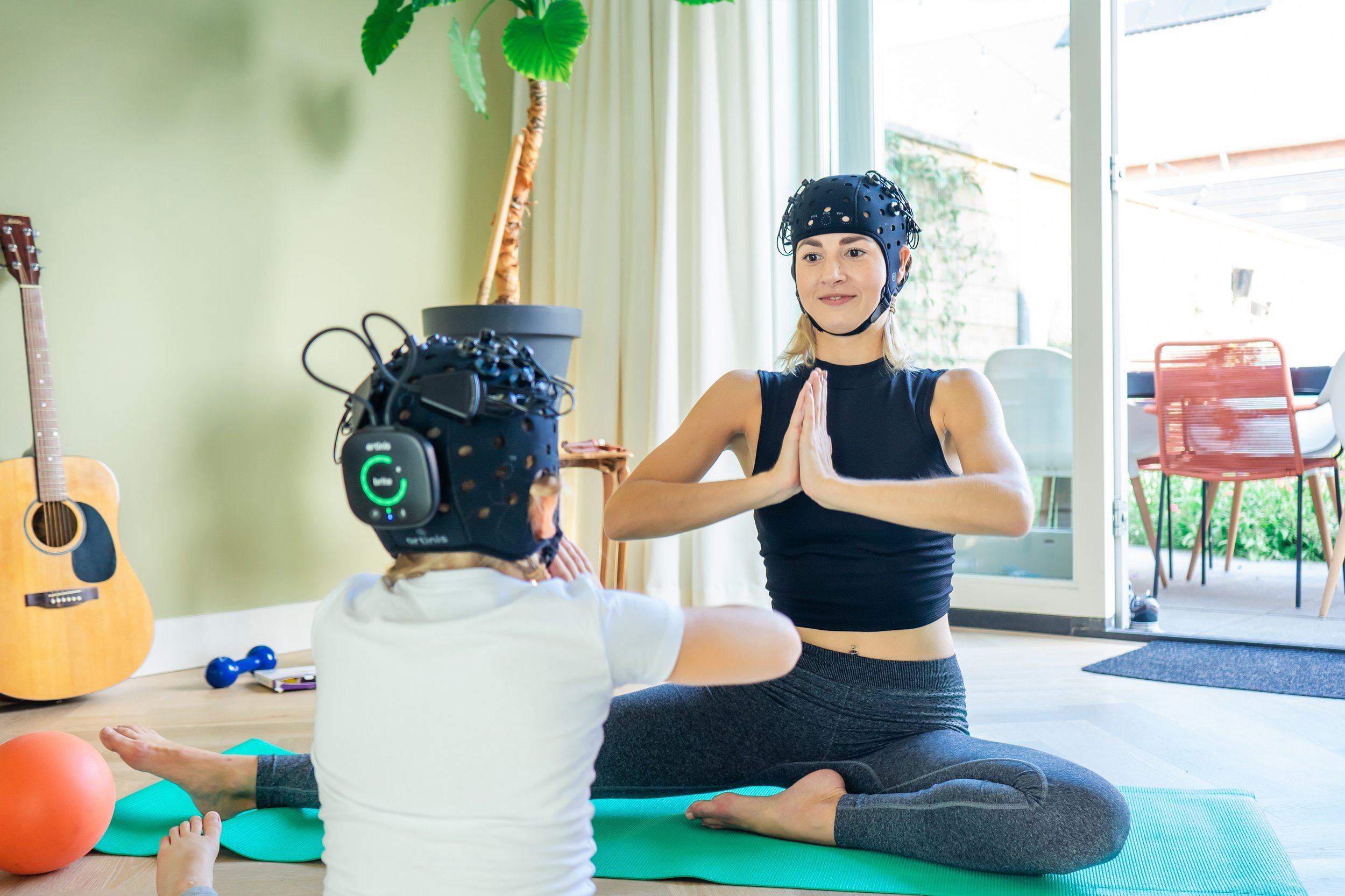
The use of Inertial Measurement Unit (IMU) to detect motion artifacts
Due to its portability, NIRS and fNIRS devices are often used to measure brain and muscle activity during studies that involve movement. To detect motion artifacts that might occur during these experiments, some of our devices, for instance, Brite and PortaLite MKII, incorporate an inertial measurement unit (IMU). Read this blog post, to learn more about the technology behind IMU and how it is used to detect motion artifacts.

Recommended Brain and Sports Sciences conferences to visit in 2023
As we come from research ourselves, we know the value of visiting conferences to get in contact with scientists from different application fields and learn about latest technological developments and trends. In this blogpost, we present our top pick for conferences to visit in 2023, for instance the ARTscientific conference to bring together (f)NIRS researchers all-over the world and enable exchange about their research.
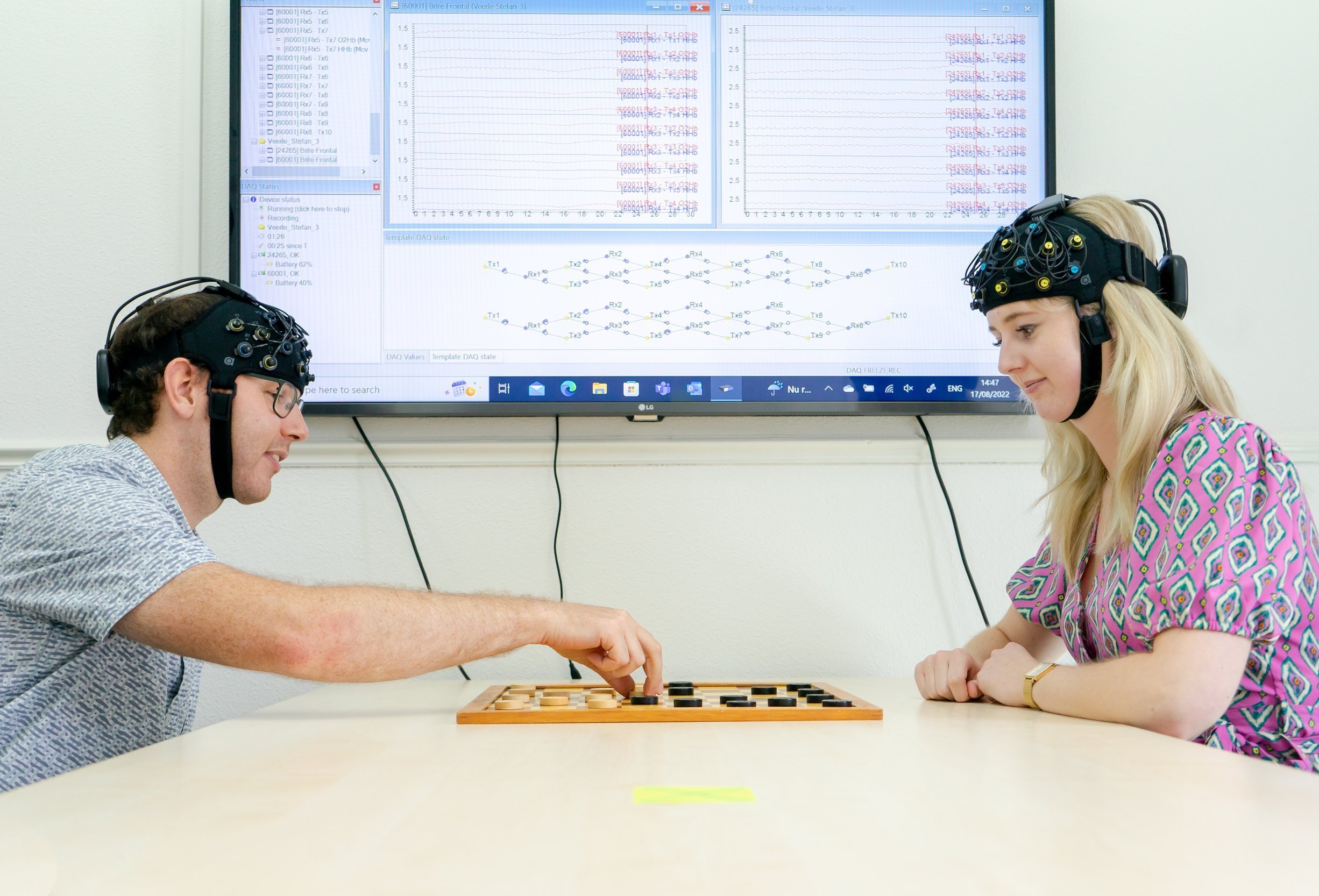
Measuring brain activity during playing a competitive checker game – a fNIRS hyperscanning mini study
In hyperscanning, brain activity and connectivity of multiple subjects are measured simultaneously during social interaction, for instance in competitive situations. fNIRS is often used as neuroimaging technology for hyperscanning in cognitive studies due to its portability and relative insensitivity to movement artifacts. In an internal mini-study, we tested the use of Brite Frontal to perform hyperscanning while participants played a competitive game of checker.
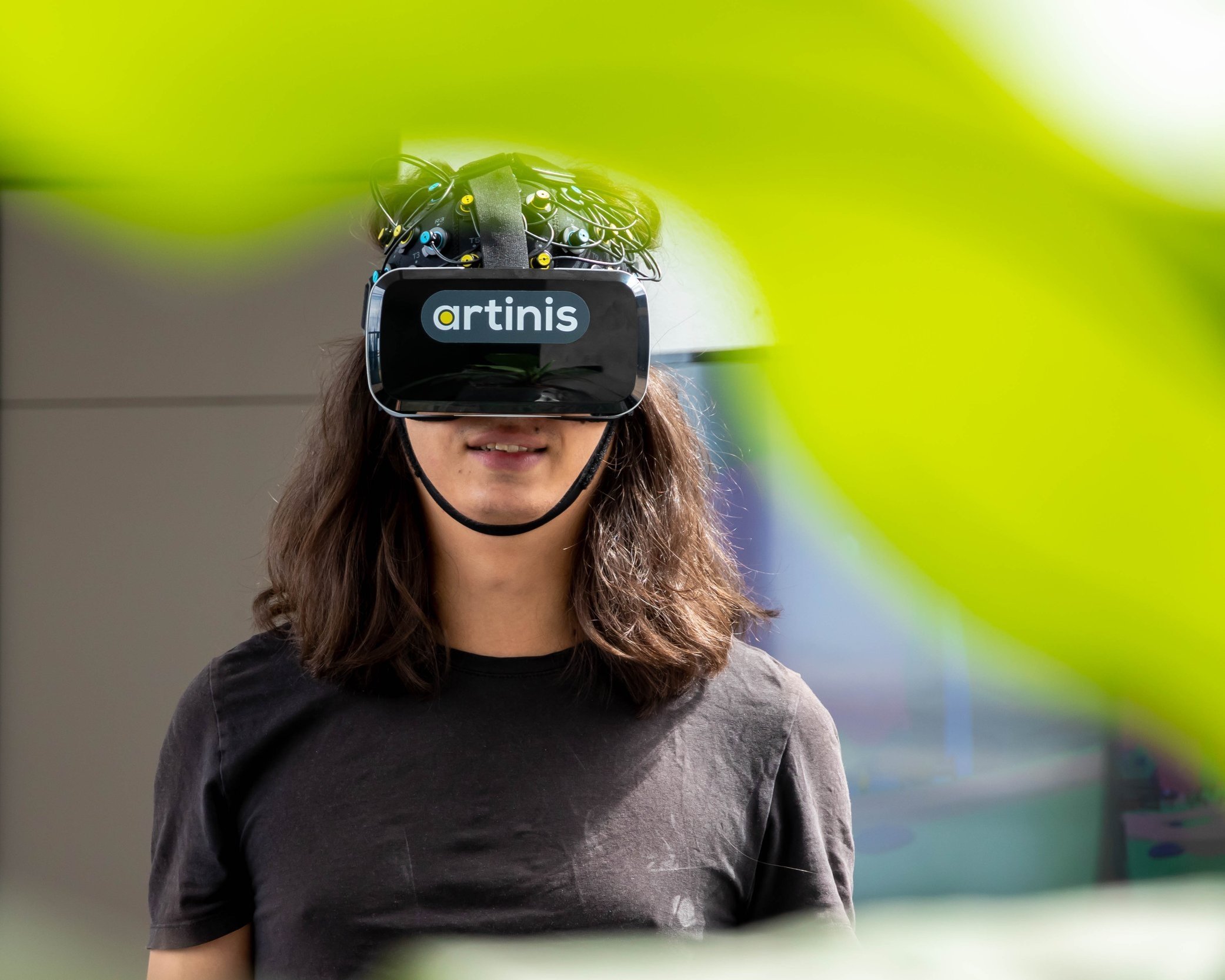
Combining Virtual Reality and wearable fNIRS
The application of Virtual Reality (VR) is becoming increasingly important in clinical and psychological research, for instance in exposure therapy or neurorehabilitation. fNIRS can be used to monitor brain activity during application of VR. We tested simultaneous use of VR and fNIRS with our new device, the Brite Frontal. Read in this blogpost, how this went and which advantages using fNIRS during VR application can demonstrate.

The PROHEALTH Project – Investigating orthostatic hypotension in elderly by performing continuous NIRS measurements in a home-based setting
Orthostatic hypotension is a form of low blood pressure that is characterized by drops in blood pressure when standing up from a lying or sitting position and frequently occurs in elderly subjects. The PROHEALTH project aims to implement home-based and continuous Near-Infrared-Spectroscopy (NIRS) measurements to detect orthostatic hypotension using the PortaLite (MKII). Read this blog post more about the PROHEALTH project and which targets are followed to reach the goal.

2021 Publication overview with Artinis Near-Infrared Spectroscopy (NIRS) devices
More than 110 papers using our (f)NIRS devices in neuro- and sports science areas were submitted last year. This blog post gives an overview of all papers published in 2021 using Artinis (f)NIRS devices for different application fields/categories, including cortical brain research, sport science, clinical and rehabilitation, hypoxia research, hyperscanning and multimodality.
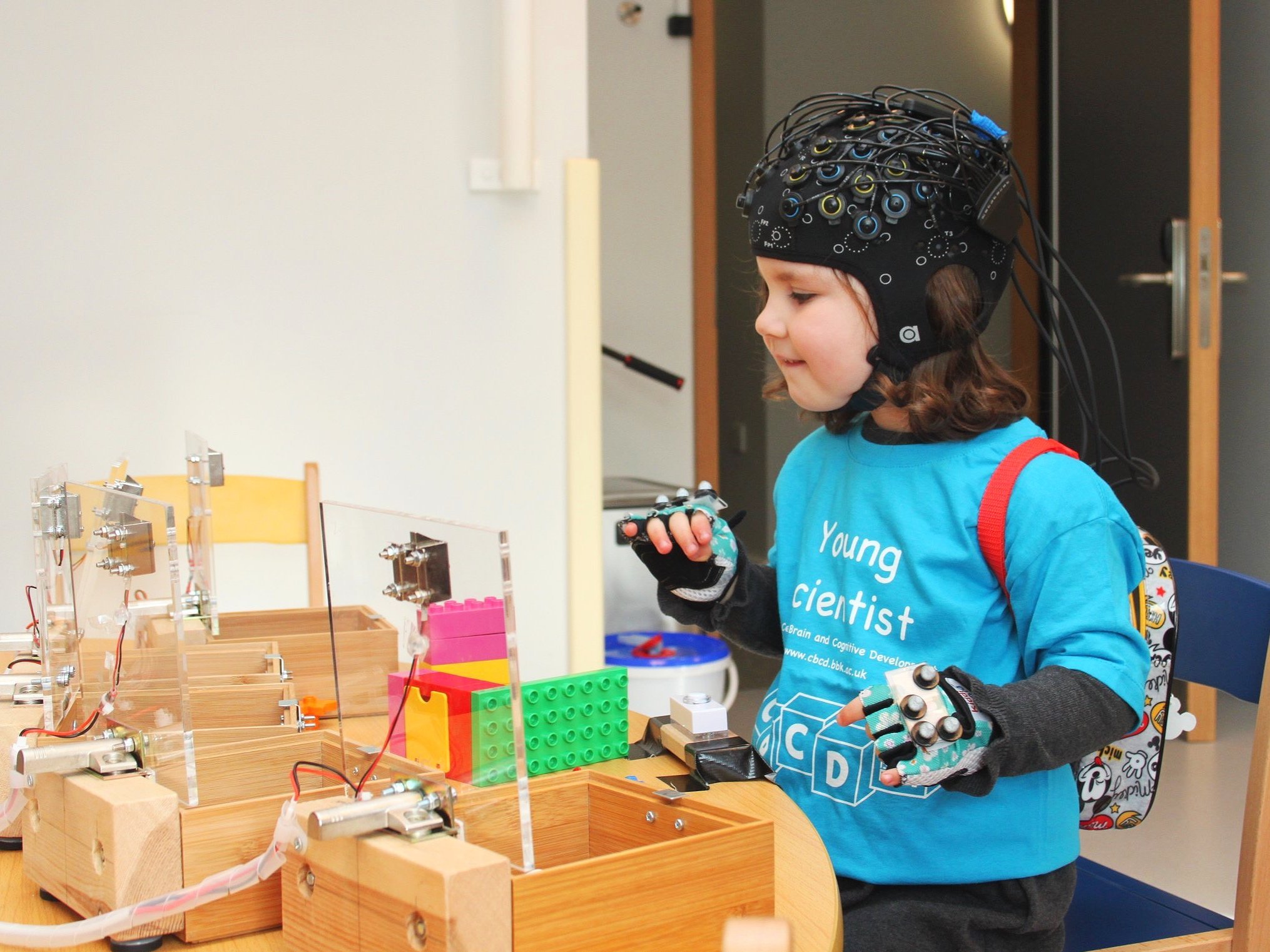
Exploring early brain development in real-world settings: an interview with Dr. Paola Pinti
Dr. Paola Pinti is a Senior Research Laboratory Developer in the Birkbeck ToddlerLab. In this interview, she shares her experience in neuroscience, her work in the ToddlerLab, and the usage of a multimodal set-up to investigate behavior and brain of preschool children.
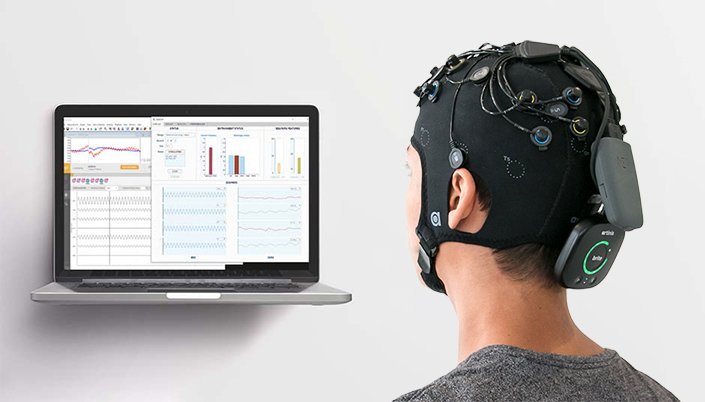
The Starstim fNIRS - Combining tES brain stimulation and EEG + fNIRS neuroimaging in one headcap
Starstim fNIRS is the most adaptable solution to combine tES brain stimulation with EEG and fNIRS neuroimaging in one single wireless and wearable system – and what makes it the most versatile solution for researchers and clinicians in many application areas. The possibility to combine tES with multiple neuroimaging modalities in one device facilitates altering human behavior and acquiring a more complete picture of the brain. It further increases application possibilities and reduces set-up and measurement time.
